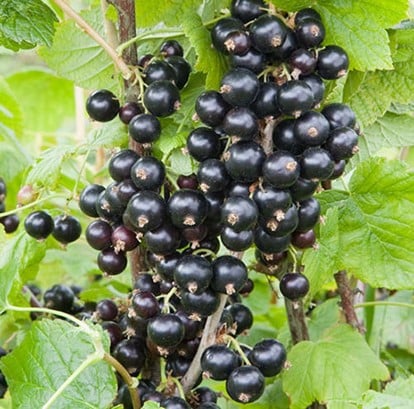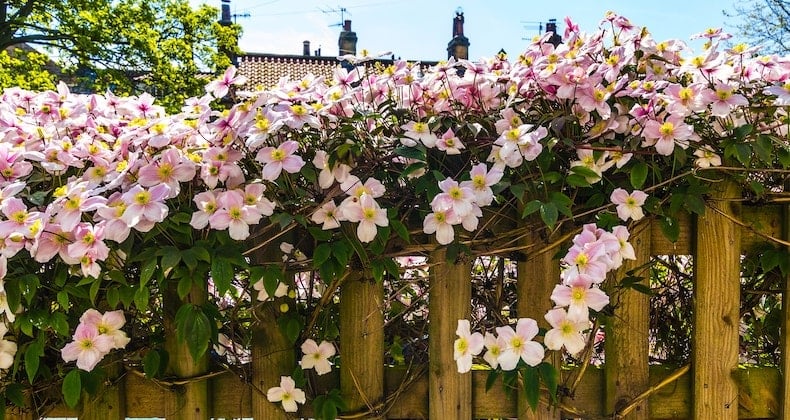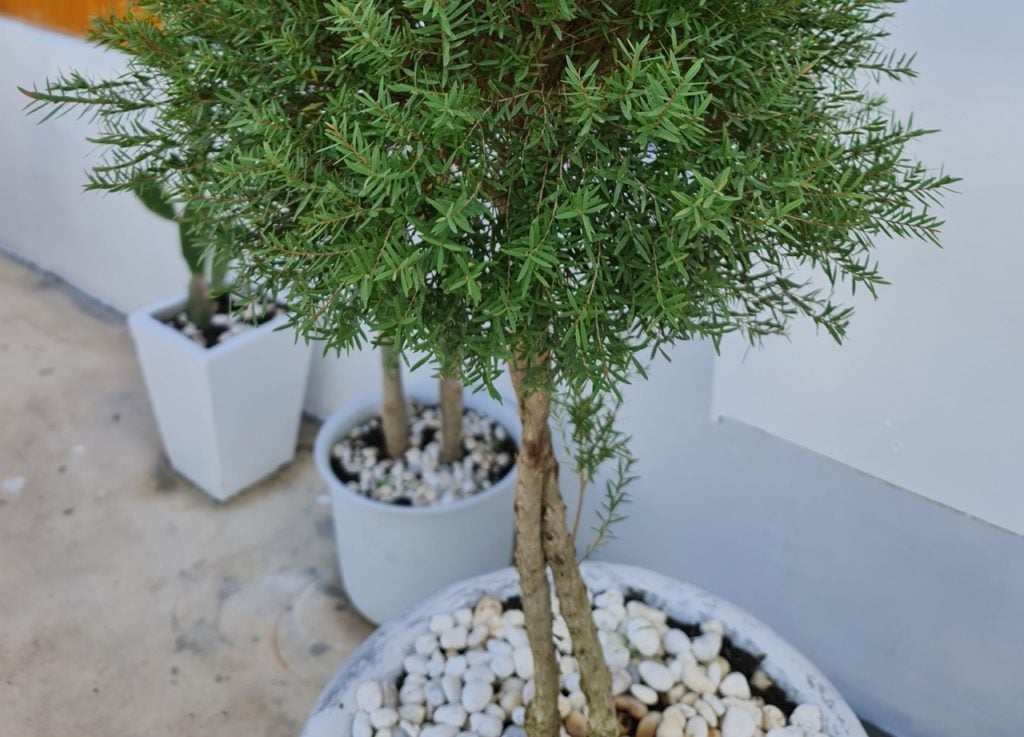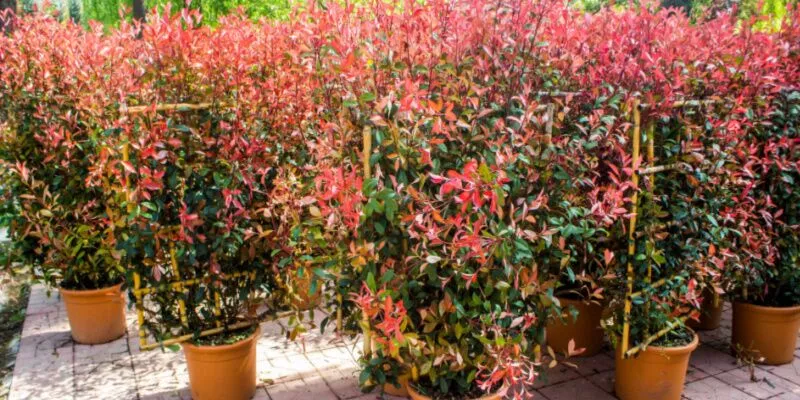11 Mandevilla Rock Trumpet Plant Care Tips for a Stunning Garden
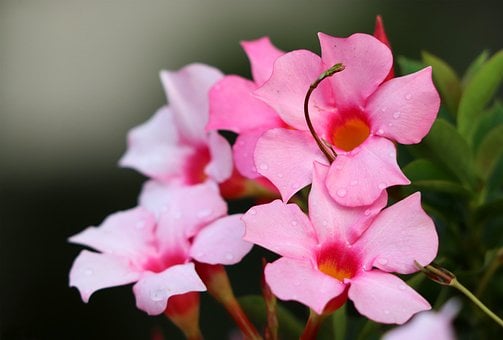
Table of Contents
Whether you are a plant fanatic or not, you have to admit that plants perpetually enhance the place’s aesthetic. Well, it’s time to bring one similar plant to your home. Mandevilla enjoys creating anticipation with its tiny, tightly-closed buds. The white, pink, or red flowers on the plant last almost the entire year. These trumpet-shaped five-petaled flowers are pleasantly fragrant and appealing to hummingbirds, bees, and butterflies.
The beauty of this ornamental plant is that they are versatile and low maintenance. This lovely plant comes in various colours and climbing and non-climbing variants! It is a climber plant that blooms between May and October.
The RockTrumoet(Mandevilla) is a low-maintenance perennial plant that can flower all season with adequate care. Here is all the information you require!
How to Plant Rock Trumpet (Mandevilla)
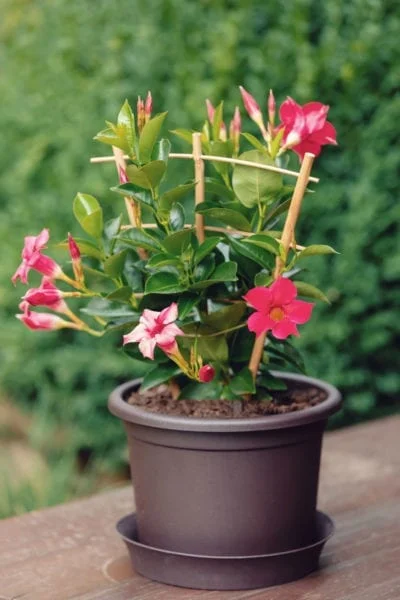
Most RockTrumpet(Mandevilla) plants are easy to care for if you can meet their specific growing requirements.
Where to Grow Rock Trumpet
Plant it in a place that receives bright sunlight. Make sure that the pot has fertile soil and sufficient drainage.
Mandevilla can be planted outside once the frost risk has passed, usually in mid to late April. Wait until the temperature at night is at least 50 degrees Fahrenheit and the temperature during the day is at least 60 degrees Fahrenheit.
Planting Instruction for Rock Trumpet
Loosen the soil in the planting area and add compost or other nutrient-rich organic matter. Remove the plant from its nursery container and loosen the roots if required. Place the plant in the hole with the root ball slightly higher than the surrounding soil. Fill the void with dirt and push it down gently to remove any air pockets. Water the plant regularly until it’s developed. Providing them with a trellis or other climbing structure is an excellent idea.
In this blog post, we’ll review some crucial Mandevilla ‘Rock Trumpet’ plant care advice to help you maintain your plant’s health and vitality all year. We will go through everything you need to know to preserve your Mandevilla ‘Rock Trumpet’ looking its best, from watering and fertilizing to pruning and insect control.
So whether you’re an experienced gardener or just starting, keep reading to learn how to care for this lovely plant. Then, follow the below steps to make your RockTrumpet (Mandevilla) stay beautiful and healthy.
1. Sunlight
RockTrumpet (Mandevilla) thrives in the heat. You must balance light and shade to nurture this plant and make it bloom all season. Mandevilla prefers the sun over shade. These vines thrive in bright, indirect light, which means at least six hours of sunlight on most days. However, they could appreciate the shade from the scorching afternoon sun in summer as it can burn their leaves.
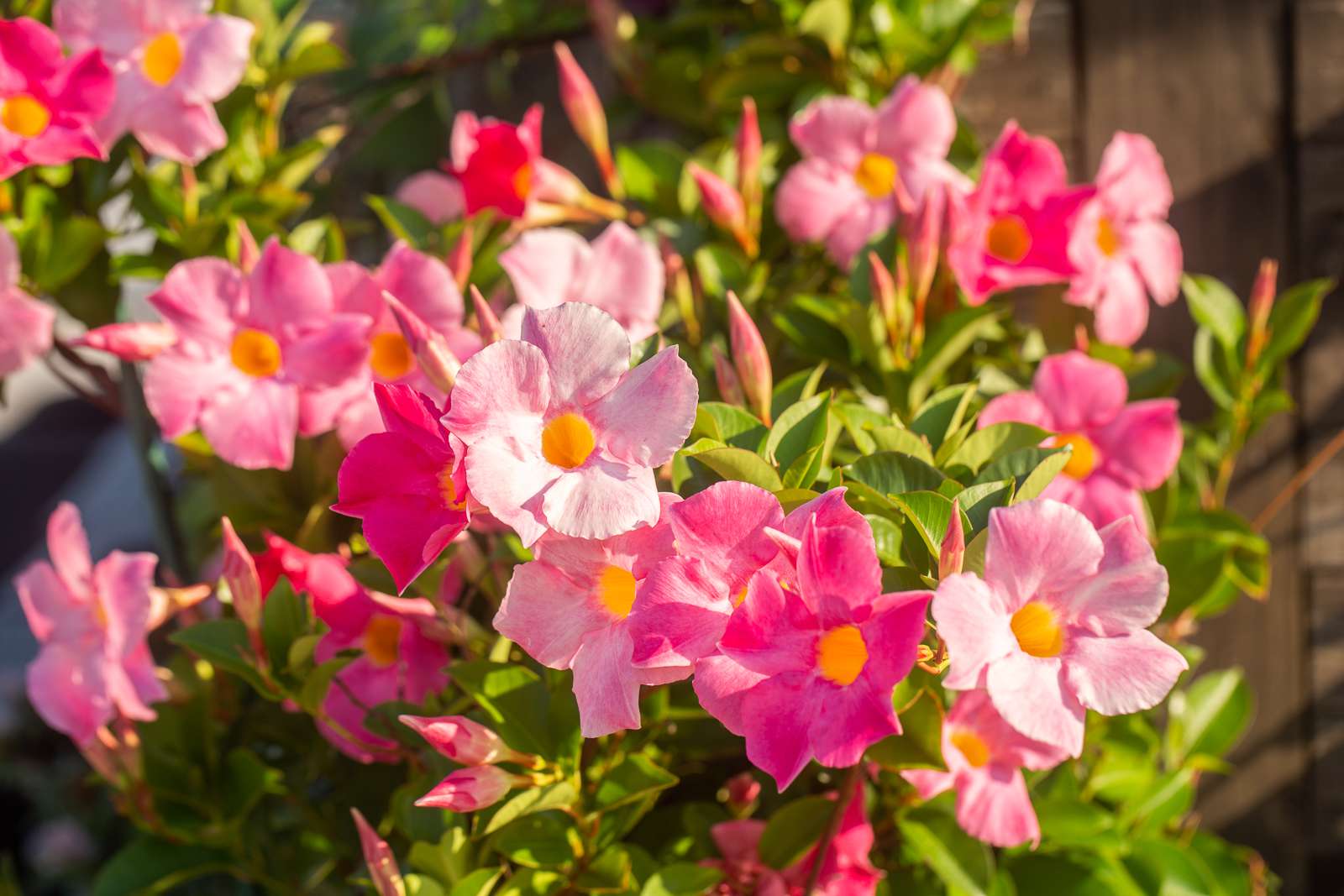
2. Soil
The Mandevilla plant typically has very few needs in terms of soil. Therefore, the soil should quickly drain any excess moisture. To do that, you must use a portion of river sand beside the regular potting soil and then make amendments using organic material. Another way to improve drainage is by placing coarse gravel on the bottom part of the container.
Although drainage is crucial, the soil still needs to hold onto some moisture. Therefore, little attention must be paid to the ground to prevent it from drying out and inevitably killing the plant.

3. Temperature
Since it’s a tropical plant, Mandevilla prefers warm temperatures and high air humidity. RockTrumpet plants flourish in regions where the temperatures at night do not drop 40 grees Fahrenheit below. They’ll die in a severe frost if you’re growing them indoors or in a dry ray; their leaves with water frequently to maintain humidity levels that will enable them to thrive.

4. Winter Care
Mandevilla isn’t resilient. Therefore it will die as soon as winter arrives unless taken indoors and stored in an excellent, frost-free location. A bright spot around ten °C is ideal. Avoid overwatering, and carefully inspect each plant for bugs. Just maintain enough ventilation. The change from outside to inside can cause the leaves to turn yellow or shed, but this is a natural reaction.
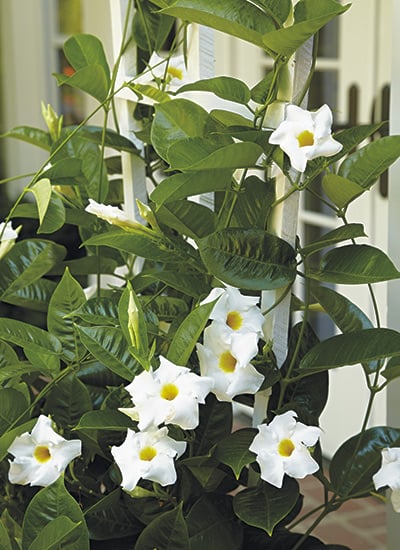
5. Watering
The plant prefers to be damp but not entirely drenched. Start with watering the plant once a week and then drying the soil. Avoid getting the leaves wet when watering because this might cause fungus problems.
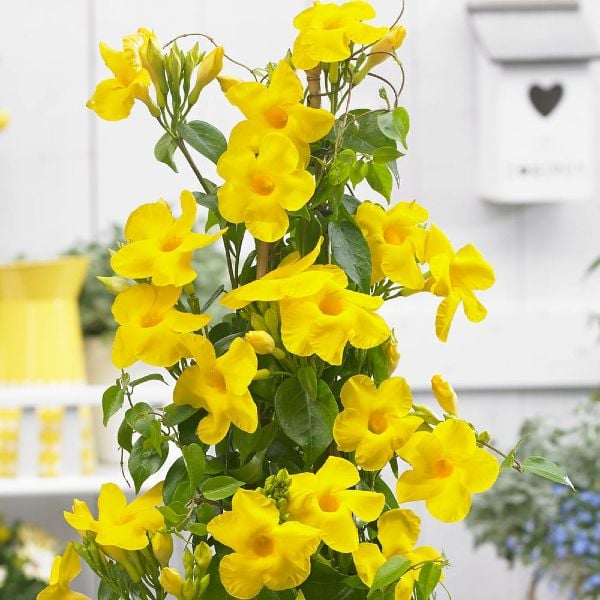
6. Support
If you let them naturally grow as vines, Mandevilla, a twining plant, can grow on free-standing support such as a trellis or arbour. Vining branches may need to be tied as you can “train” your plants to grow upwards in the desired direction.

7. Pruning
Mandevilla vines should be pruned at least once a year to keep them healthy and blooming. They grow fast, so you’ll need to grab your clippers. The best time to prune RockTrumpet is in the spring. Throughout the growing season, new stems and flower buds are continually produced. Trim plants back by up to a third of their size before they begin to stimulate new growth. Remove and shape any dead or diseased branches. To ensure a new chapter and vines in the spring, pinch off the leafy vines.
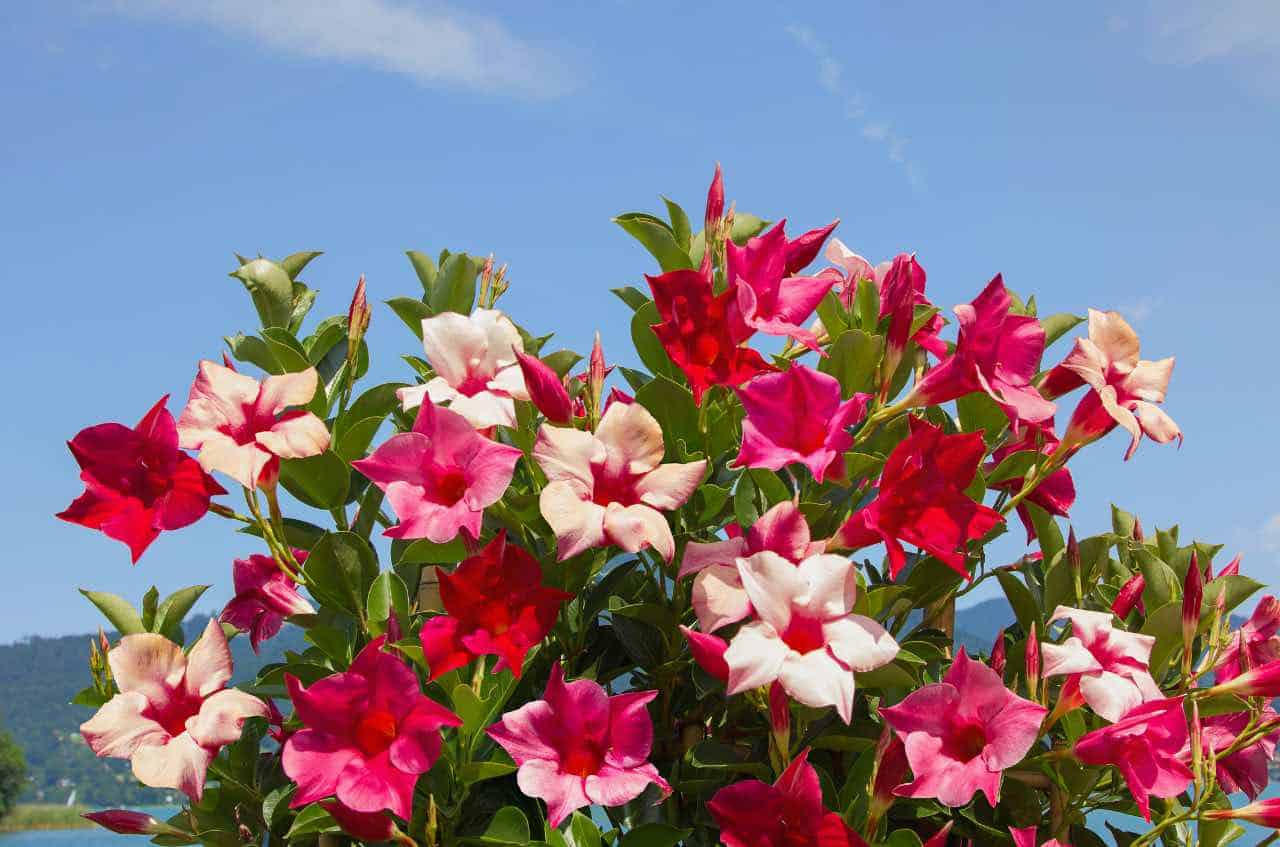
8. Death Head
Plants bloom on new growth. Therefore late-season trimming may result in the loss of flower buds. Because Mandevilla flowers are self-cleaning, These plants do not require deadheading.
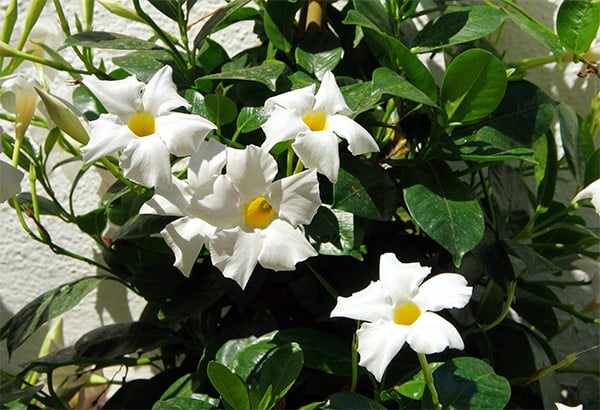
9. Magnesium
One of the most critical plant nutrients is magnesium. Magnesium is necessary for producing green leaves which contain Chlorophyll. The plant can not perform photosynthesis without it. Epsom salts can boost the soil’s magnesium level, promoting flowering. If your plant has difficulty blooming, dilute 5mg of Epsom salts in water. Then, every two weeks, water your plant.

10. Pests
Mandevilla is practically free of pests and illnesses when grown outdoors under ideal conditions. However, indoor-overwintered plants are more vulnerable to problems such as aphids, scale, mealybugs, spider mites, and whitefly. Apply insecticidal soap or neem oil as directed to treat infestations.
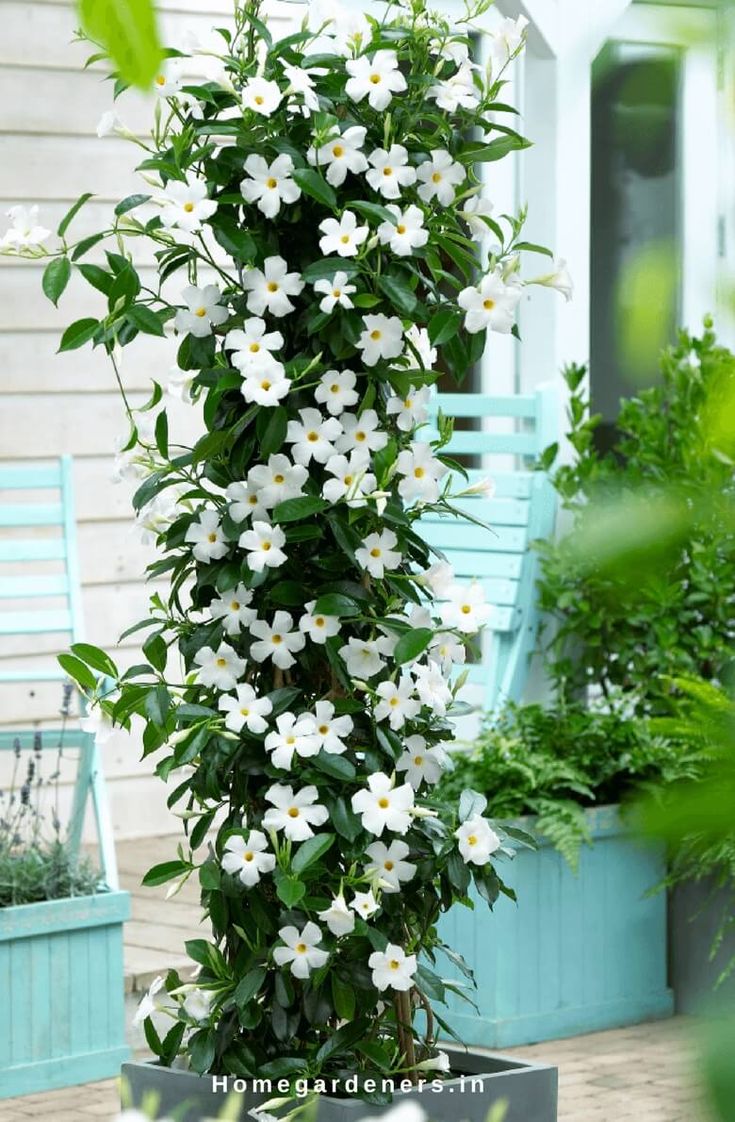
11. Fertilizers
To promote the growth of RockTrumpet, it is advised to use balanced fertilizers. During summer, it should be done once in two weeks; reduce it to once a month during winter.
It will require some time, patience, and a few applications. However, if you’re keen to add a unique element to your garden or are simply looking for an easy plant to grow, the Mandevilla plant should be on your list.
- It is a 3 in 1 is cost effective new technology product , comes with 2 additional packages along...
- Contains all the required nutrients for Plants .It has Macro Nutrients Nitrogen Phosphorous...
- Concretrated Mix micronutrients contains all the micro nutrient which a plant needs it includes iron...
Mandevilla Is Most Frequently Used for Things Like
It is most frequently grown as an ornamental plant because of its spectacular and vibrant blossoms. It is an excellent option for adding variety to a garden or patio because it can be trained to climb a trellis or pole or be left to trail from a hanging basket.
Mandevilla can be used as a climbing vine, trailing plant in mixed borders, or rock gardens in landscaping. It is also a fantastic option for a greenhouse or conservatory to offer colour.
Mandevilla can be trained to climb a wall or fence and make a natural privacy screen. It is a fantastic substitute for conventional fencing while enhancing the landscape.
Conclusion
If you want to add a distinctive element to your garden or are just looking for a straightforward plant, the Mandevilla plant should be on your list.
Finally, Mandevilla’s ‘Rock Trumpet’ plant adds colour and brightness to any indoor or outdoor space. Rock Trumpet (Mandevilla) is a blend of grace, joy, and endurance. Mandevi ‘Rock Trumpet’ can grow and pleasure for many years with proper care and attention.
In addition to well-draining soil, this plant needs regular watering, fertilization, and adequate sunlight. Whether grown in a hanging basket or outdoors, this flowering masterpiece entered the gardening world with great tenacity. By pruning it and training it to climb, you can make the plant bloom to its fullest and make a great addition to any landscape or interior. In addition, it emphasizes the beauty of the landscape in spring or summer.
Have you used any of these methods before? If so, let us know in the comments.
Frequently asked questions
Is RockTrumpet Poisonous?
Yes, It is slightly poisonous for humans and dogs if ingested. The plant’s stem, leaves, and flowers contain toxic alkaloids that, if swallowed, can result in nausea, vomiting, and diarrhoea. In addition, this milky white sap causes skin irritation once it comes into contact with it. Mandevilla consumption can occasionally result in extreme drowsiness, confusion, and even coma.
Can Mandevilla Survive Winter?
Mandevilla can survive the winter, but only if it’s brought inside. It cannot withstand cold temperatures. Tropical plants won’t stay under temperatures below 50 degrees. Place the plant in full sunlight, ideally in front of a south or west window, and maintain the highest humidity levels possible. It will develop gradually over the winter. At this time of year, fertilizing the plant is unnecessary; water it when it starts to dry.
How Long Does RockTrumpet Plant Last?
These plants can last several years with proper care, even though they are often treated as annuals in colder climates. RockTrumpet(Mandevilla) vines are lush growers and will increase each season. It is a perennial plant that will grow again yearly in tropical or subtropical climates. However, it is planted annually in cold temperatures since each winter; the cold kills it. Because of this, some gardeners believe Mandevilla to be an annual.
How Wide Varieties of Mandevilla Are There?
There are many types of Mandevilla. The popular ones include Mandevilla Jamesonii, Summerville Mandevilla, Dipladenia Plant, Mandevilla boliviensis, Mandevilla laxa, and Variegated Mandevilla. It cannot be easy to decide which plant to buy first because there are approximately 200 different species and several hybrids and cultivars.



